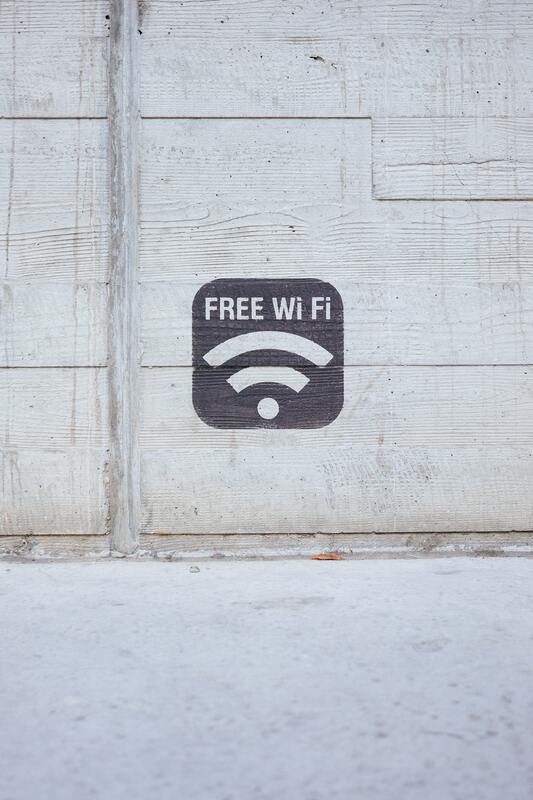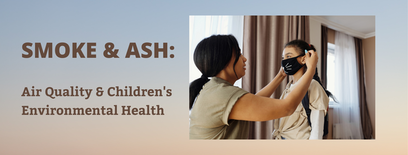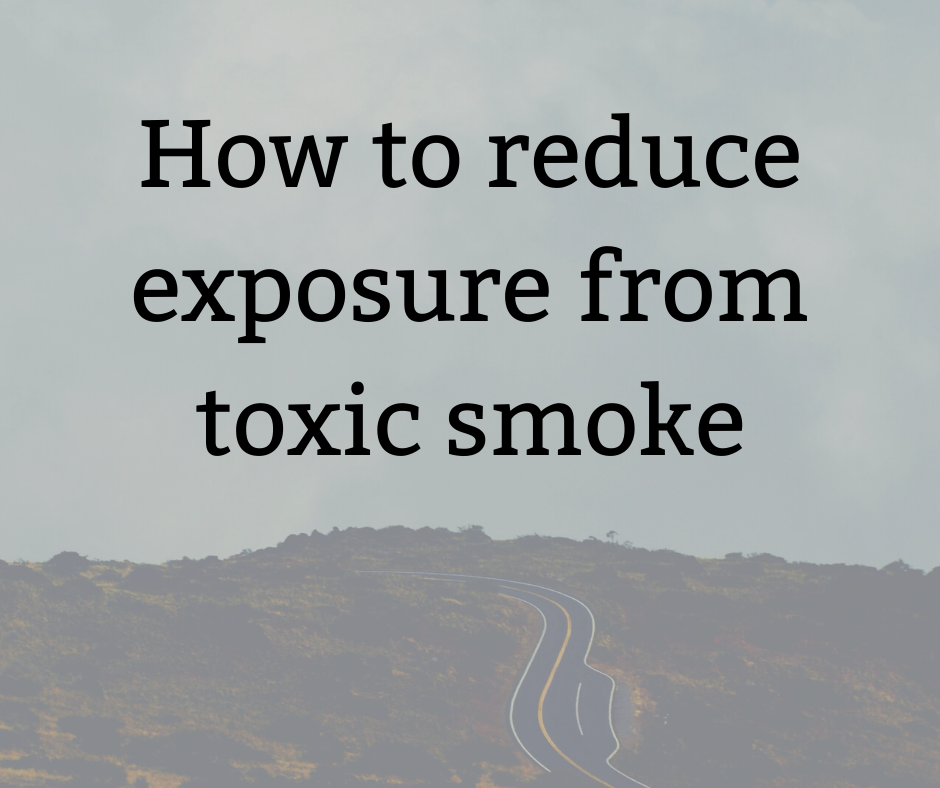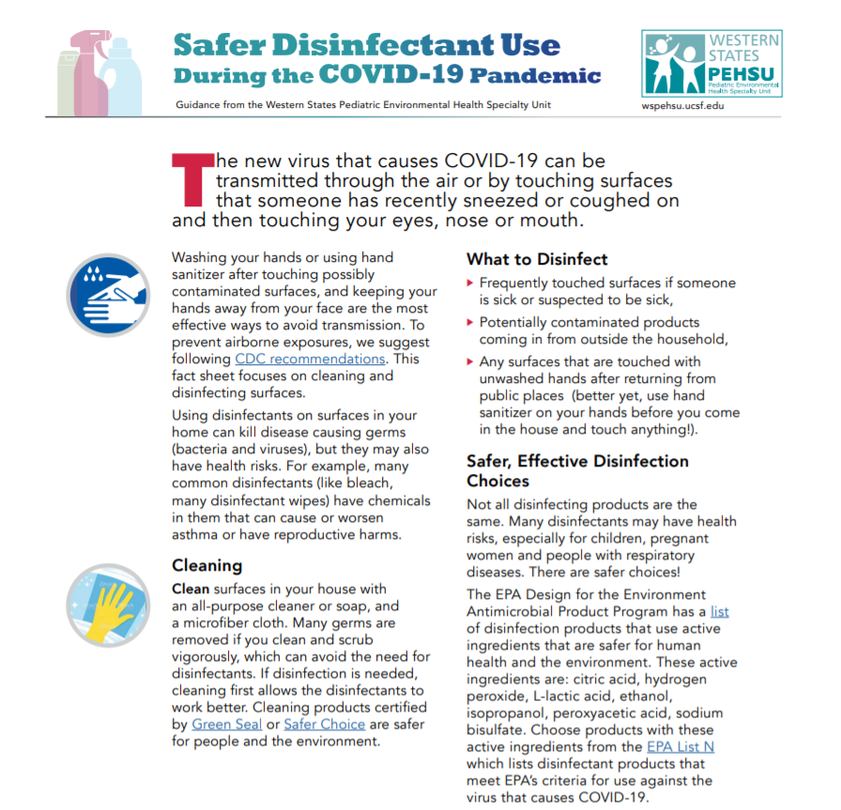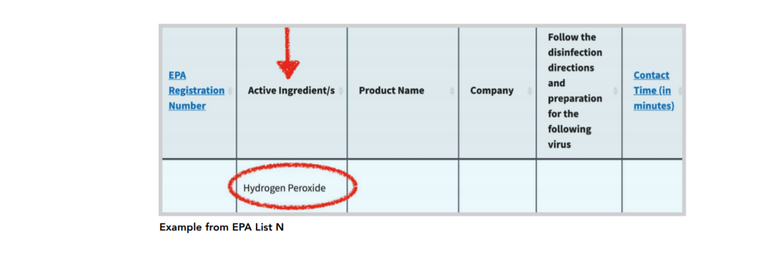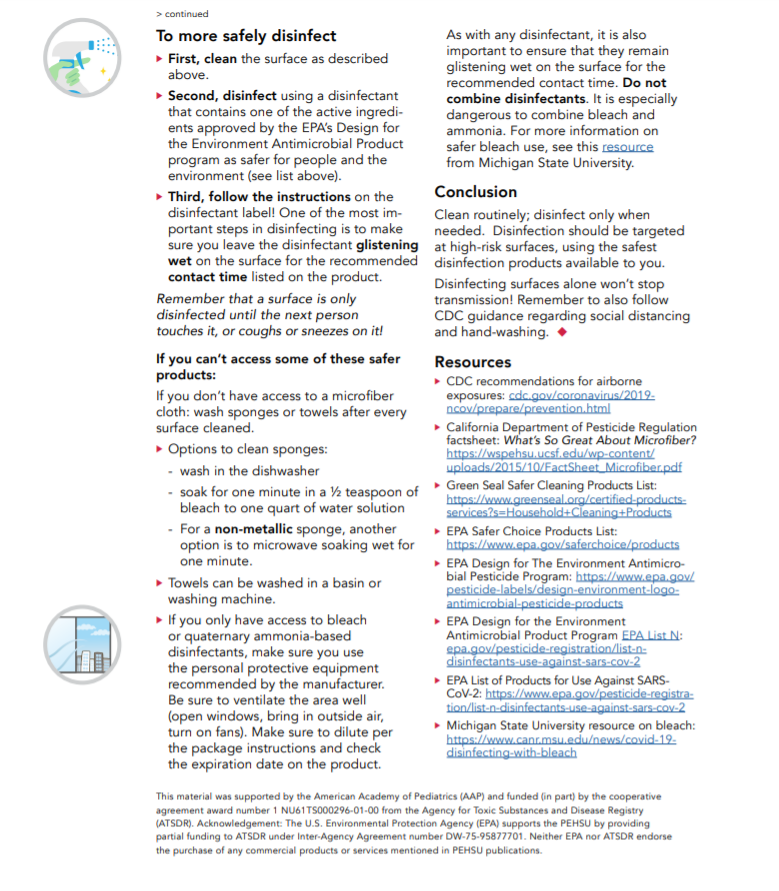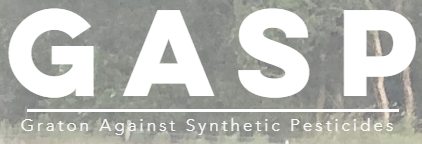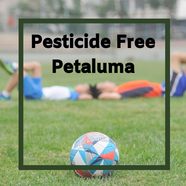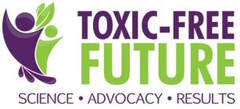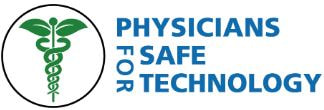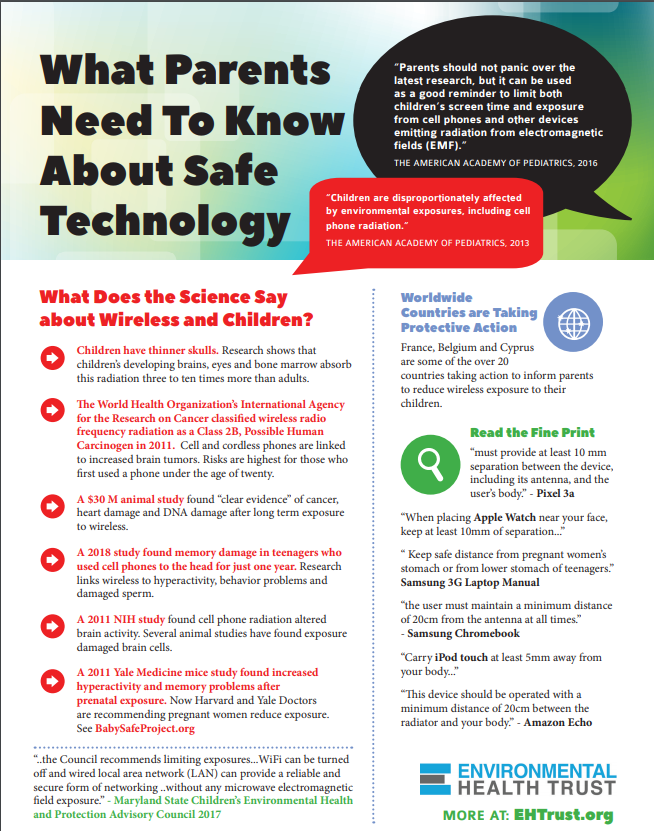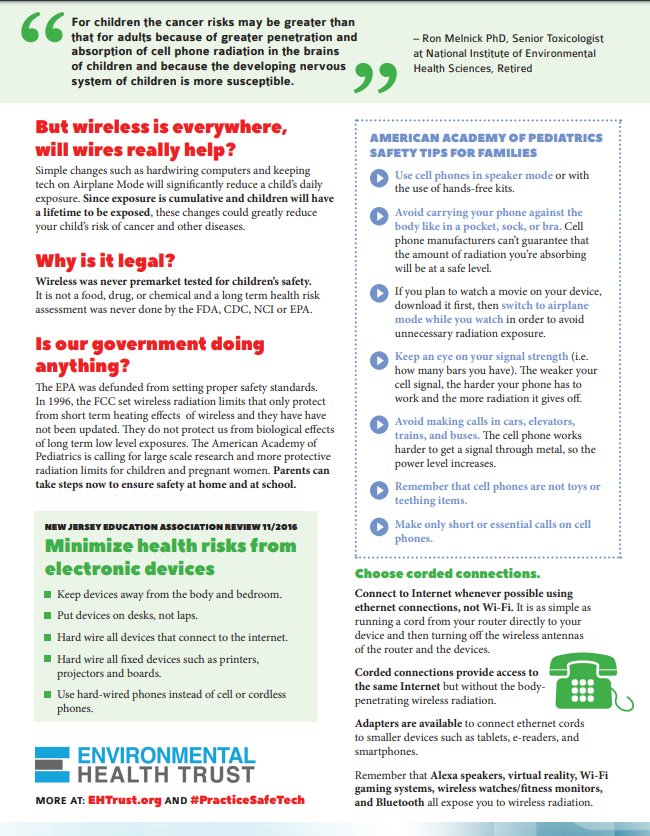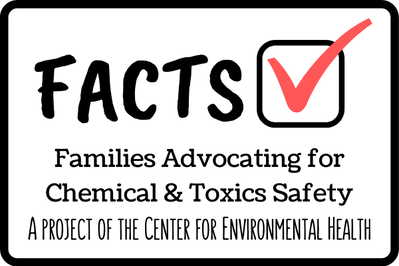Sonoma FACTS: Current Campaigns
Here are some current issues we’d like to raise awareness about and you can get involved in! We are currently collaborating with various toxics awareness campaigns in Sonoma County and across California. Please email us so we can promote your local efforts.
Environmental Health
|
Webinar: Smoke & Ash: Air Quality & Children's Health
Join FACTS as we learn from and engage experts in the fields of air quality monitoring, children’s environmental and public health, and naturopathic holistic medicine Featuring Tim Dye, MS; Jen Riegle, ND; Barbara Sattler, RN, MP, Dr PH, FAAN and Nichole Warwick, MA. To watch please click here to go to Facebook. |
|
How to reduce exposure from toxic smoke:
Avoid contaminated areas 1. Monitor air quality at https://www.airnow.gov 2. Keep children and pets indoors, keep windows closed when air quality is poor. Protect body from exposure 1. Protect Your Lungs with a properly fitted mask (N95 or N100). 2. Cover your body fully and change clothes often. Clean home inside & out 1. An expert in emergency restoration services can help with smoke damage. Hepa vacuum everything 1. Wipe all hard surfaces (floors, walls, ceilings) with damp microfiber wipes. 2. Pause and repeat cleaning as needed. 3. Never use harsh chemicals or deodorizers, which make air quality worse. 4. Wash off hard surfaces outside especially windows, porches & walkways. Maintain indoor air quality 1. Run multiple HEPA air purifiers or move single unit from room to room, change filters often. 2. Replace filter in HVAC system. 3. Remove shoes and contaminated clothing outside. 4. Bathe and wash hair before bed. Support health: Relieve exposure symptoms 1. Soothe throat with herbal tea, throat spray, lozenges, honey. 2. Open breathing passages and calm nerves with herbal teas, tinctures, and syrups. Build natural immunity 1. Eat healthy, fresh foods grown without pesticides. 2. Take probiotic supplements and eat fermented foods. 3. AVOID inflammatory foods like sugar, fried/processed foods, and alcohol. 4. Boost immunity with Vitamin C, Zinc, B vitamins, and herbal preparations. Detoxify gently 1. Drink lots of water, take electrolytes. 2. Pooping helps! Use magnesium, flax seed, or acacia fiber. 3. Choose high fiber, fresh foods. 4. Take warm baths with Epsom salts. 5. Take safe herbal supplements like activated charcoal, chlorella, etc. Enhance self-care practices 1. Seek support from family, friends, and mental health care providers. 2. Gentle self massage, yoga, and good posture promote good circulation and endorphins for healing. 3. Take time to rest & love yourself! Special thanks to Dave Osborn, specialist in Emergency Restoration Services, (707-337-7878, [email protected]), and John Banta ([email protected]) CIH (Certified Industrial Hygienist), co-author of Prescriptions for a Healthy Home. Full text on cleaning recommendations: https://neilnathanmd.com/how-to-clean-effectively-by-john-banta-cih/ Special thanks to Sonoma County’s own Farmacopia (Lily Mazzarella, MS Herbal Medicine, Board Certified Nutrition Specialist) and Rosemary’s Garden (Lena Moffat). **Recommendations are not intended to treat or cure any illness or disease. If you suspect that you have a medical problem consult with your physician. Some herbs may cause an allergic reaction. (by Megan Kaun & Nichole Warwick, 2017) Environmental health advocates Megan and Nichole put together this resource of information on how to reduce exposures from the toxic smoke and ash after they experienced the Tubbs Fire in Sonoma County. They learned a lot from that horrible experience and want to share it with others. FACTS will be sharing these resources with you as most of California is affected by the smoke and precautions should be made to protect our health. |
|
Our Children’s Environmental Health Needs Protecting – Here’s What You Can Do
An article by Lendri Purcell for San Francisco Bay Area Moms on easy ways to reduce toxins your children are exposed to at home. |
|
Purple Air
Purple air is an air quality monitoring network. It's particularly useful during fire season. |
|
Ecosia
Ecosia is a search engine that uses the profit they make from your searches to plant trees where they are needed most. Get the free browser extension and plant trees with every search. |
|
Series Launch: Multifactorial Origins of Cancer, Case Studies of Environmental Chemicals and Cancer Risks, and a Systems Approach to Prevention
Dr. Barbara Cohn will then review some of the evidence for effects of environmental chemicals in pregnancy on cancer and cancer risk. Dr. Cohn will discuss the intersection between health disparities and environmental chemical exposure, as well as the importance of windows of susceptibility for exposures during development, and proof of concept studies for 3-generation effects of environmental exposures to pregnant women. Emerging evidence on current chemicals of concern, including per and poly per-fluorinated substances (PFAS) and the promise of new big data and ’omics will also be discussed with examples given. To conclude her presentation, Dr. Cohn will address opportunities for transdisciplinary collaboration to speed finding evidence needed for public health action.
Dr. Polly Hoppin will conclude presenting an overview of how cancer prevention research and practice largely focuses on three overlapping areas that envision the individual patient and her provider as the agents of change: precision prevention (e.g., genetic, social and other factors specific to an individual patient); genetics; and health behaviors. She will then discuss a fourth realm of prevention research and practice, targeting environmental and social factors over which the individual has little control, while governments, businesses, and communities do. These include environmental carcinogens in consumer products, workplaces, and air, water, and soil pollution. Dr. Hoppin will discuss what actions impede and hold promise for reducing exposure to environmental carcinogens at the scale needed and how a systems approach informs cancer prevention research and practice. |
|
GASP
Graton Against Synthetic Pesticides (GASP) is a coalition of concerned Graton, CA residents working together to eliminate the threat of pesticide exposure to our families, laborers and children who attend Oak Grove Elementary. |
Pesticide Free PetalumaPesticide-Free Petaluma
Pesticide-Free Petaluma is a growing grassroots organization to urge our local officials to stop using pesticides in our local parks, fields, and public spaces.
| |||
|
SASS
Safe Ag Safe Schools (SASS) is a coalition of over 50 organizations and individuals working together to reduce the threat of pesticide exposure in the Monterey Bay area. SASS is focused on increasing grassroots pressure on policy-makers to reduce hazardous pesticide use in and around schools and residential communities. |
|
Collaborative on Health and the Environment
As childcare facilities and schools gear up for reopening, safer use of disinfectants and water quality in dormant facilities are issues that affect children, teachers, caregivers, and staff. These toolkits summarize best practices from the CDC, EPA, and other environmental health scientists and experts in an easy to understand and easy to share format. If you are a parent who is concerned about safe and best practices when schools are reopened, please download our toolkit to send to your childcare provider or school administrator. We even have a sample email that you can use to write your school administrator or childcare director and attach these materials. Or if you work as a childcare provider or at a school, we have made this resource for you. We hope that it is helpful. |
|
| |||||
|
Toxic-Free Future
This collaborative is spearheaded by Sonoma County Conservation Action and includes local school representatives, government leaders, and community members.
|
|
Healthy Schools Sonoma County
This is a partnership between FACTS and Daily Acts.
|
|
Petition Pampers against "Smart Diapers"
Companies including Pampers are launching "smart high tech diapers" with sensors attached to diapers to sense wetness and track urine. The sensors work in concert with a Wi-Fi baby monitor and an app that lets parents keep track of their baby's diaper situation indicating when the baby needs to be changed. Parents need to know about safety considerations from electromagnetic exposure when buying wireless tech devices. |
|
Cell Towers and City Ordinances
Read to see some recent City Urgency Wireless Facilities Ordinances and also their Ordinances at-a-Glance. |




